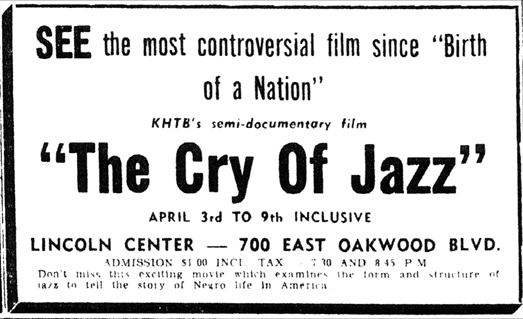We’ve written quite a bit in previous posts about French philosopher Michel Foucault’s time in Berkeley, California during the final years of his life, and for good reason. During these years he became something of an academic superstar in the United States, delivering lectures to packed halls at UC Berkeley, NYU, UCLA, and the University of Vermont, becoming feted in academic departments across the humanities, and receiving mention in TIME magazine. He also, sadly, contracted AIDS and passed away in 1984, leaving the intriguing fourth volume of his exhaustive History of Sexuality unfinished. It remains unpublished at his request.
The title of the mysterious fourth volume, Confessions of the Flesh (Les aveux de la chair), provides us with the connective tissue between his final project and the lectures Foucault recorded in English at Berkeley. Those lectures—including “The Culture of the Self” and “Truth and Subjectivity”—betray his obsession with confession, with truth-telling as an act of self-making.
In a sense, Foucault’s Berkeley lectures crystalized his life’s work. Just above, in his final Berkeley lecture series, “Discourse and Truth: the Problematization of Parrhesia,” Foucault delivers what may be the most plain-spoken statement of his general thesis: “My intention was not to deal with the problem of truth, but with the problem of the truth-teller or truth-telling as an activity.”
Such directness of speech is, in fact, the meaning of that obscure Greek term, parrhesia, with which Foucault frames his discussion. Meaning “free speech,” the word—rather than, as we might think, relating to the exercise of one’s first amendment rights—“refers to a type of relationship between the speaker and what he says.”
For in parrhesia, the speaker makes it manifestly clear and obvious that what he says is his own opinion. And he does this by avoiding any kind of rhetorical form which would veil what he thinks. Instead, the parrhesiastes uses the most direct words and forms of expression he can find.
Foucault, of course, reveals this kind of speech—as elaborated in Greek philosophy and the work of Euripides— to be a performance with its own complicated set of rules and codes. “Truth-telling as an activity,” Foucault concludes, presents the concept of truth as “true statements and sound reasoning” with a number of seemingly insurmountable problems. Put most plainly, our subjectivities, Foucault argues, make enormously complicated any notion of objectivity.
Hear all six of the 1983 lectures above or stream or download MP3s from UC Berkeley’s library site. The full text of each lecture is also available on Foucault.info and downloadable as PDFs.
Related Content:
Josh Jones is a writer and musician based in Durham, NC. Follow him at @jdmagness.








